Increasing Regulatory Standards
The Car Safety Market is experiencing a notable shift due to the implementation of stringent regulatory standards aimed at enhancing vehicle safety. Governments across various regions are mandating higher safety ratings for vehicles, which has led manufacturers to invest significantly in safety technologies. For instance, regulations such as the New Car Assessment Program (NCAP) have established benchmarks that vehicles must meet to ensure consumer safety. This regulatory push is likely to drive innovation in safety features, as automakers strive to comply with these evolving standards. As a result, the Car Safety Market is expected to witness a surge in demand for advanced safety systems, including collision avoidance technologies and enhanced structural integrity, thereby fostering a competitive landscape among manufacturers.
Rising Incidence of Road Accidents
The rising incidence of road accidents is a critical driver for the Car Safety Market. Statistics indicate that road traffic injuries remain a leading cause of death worldwide, prompting governments and organizations to prioritize road safety initiatives. This alarming trend has led to increased investments in vehicle safety technologies, as stakeholders recognize the need for effective solutions to mitigate risks. The Car Safety Market is responding to this challenge by developing innovative safety features aimed at reducing accident rates and enhancing occupant protection. As awareness of the consequences of road accidents grows, the demand for vehicles equipped with advanced safety systems is expected to rise, further propelling the market forward.
Growth of Electric and Hybrid Vehicles
The growth of electric and hybrid vehicles is emerging as a significant driver in the Car Safety Market. As these vehicles gain popularity, manufacturers are increasingly focusing on integrating advanced safety features tailored to the unique characteristics of electric and hybrid models. The inherent design of electric vehicles, which often includes a lower center of gravity and enhanced structural integrity, presents opportunities for improved safety performance. Additionally, the incorporation of cutting-edge technologies such as regenerative braking and enhanced battery management systems contributes to overall vehicle safety. As the market for electric and hybrid vehicles continues to expand, the Car Safety Market is likely to witness a corresponding increase in demand for innovative safety solutions that align with these evolving vehicle types.
Technological Advancements in Safety Systems
Technological advancements are playing a pivotal role in shaping the Car Safety Market. Innovations such as automatic emergency braking, lane departure warning systems, and adaptive cruise control are becoming standard features in many new vehicles. The integration of artificial intelligence and machine learning into safety systems is enhancing their effectiveness, allowing for real-time data analysis and improved decision-making capabilities. According to industry reports, the market for advanced safety technologies is projected to grow significantly, with estimates suggesting a compound annual growth rate (CAGR) of over 10% in the coming years. This rapid evolution of technology is likely to drive competition among manufacturers, as they seek to differentiate their offerings in the Car Safety Market.
Consumer Awareness and Demand for Safety Features
Consumer awareness regarding vehicle safety is at an all-time high, significantly influencing the Car Safety Market. As individuals become more informed about the potential risks associated with driving, there is a growing demand for vehicles equipped with advanced safety features. Surveys indicate that a substantial percentage of consumers prioritize safety ratings when purchasing a vehicle, often opting for models that offer superior safety technologies. This trend is further supported by the increasing availability of information regarding vehicle safety performance, which empowers consumers to make informed decisions. Consequently, automakers are compelled to enhance their safety offerings, leading to a robust growth trajectory within the Car Safety Market as manufacturers strive to meet consumer expectations.


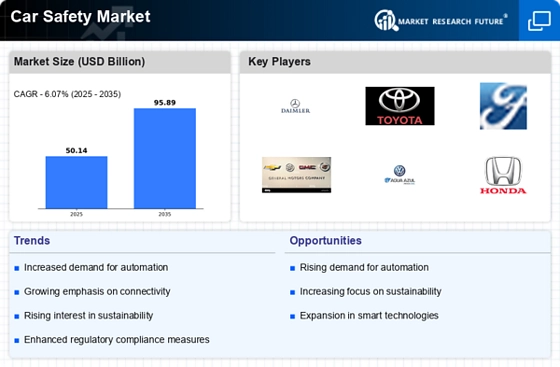
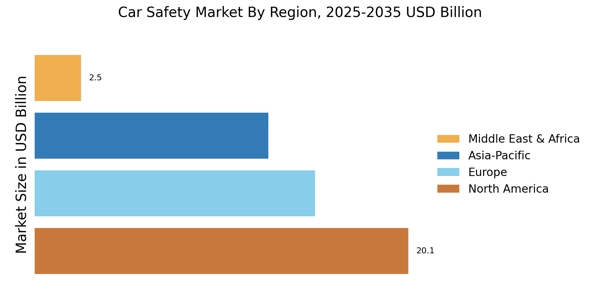
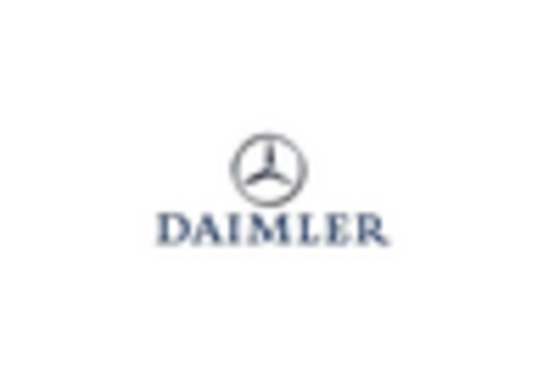

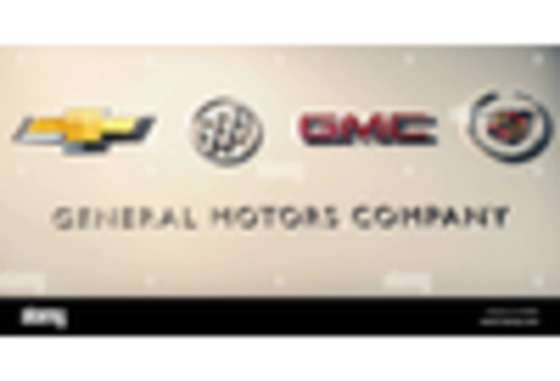
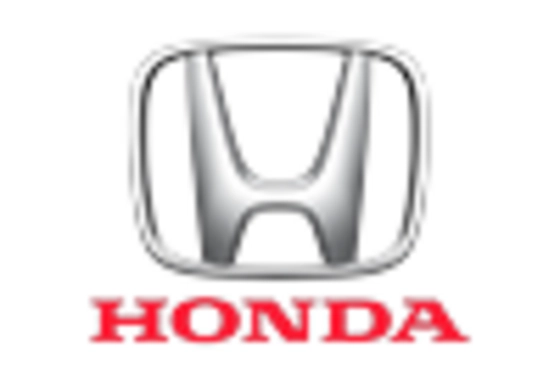
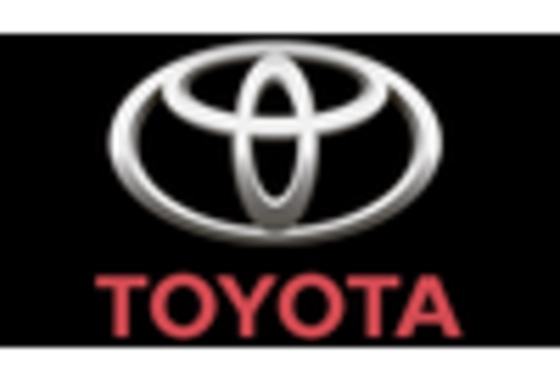
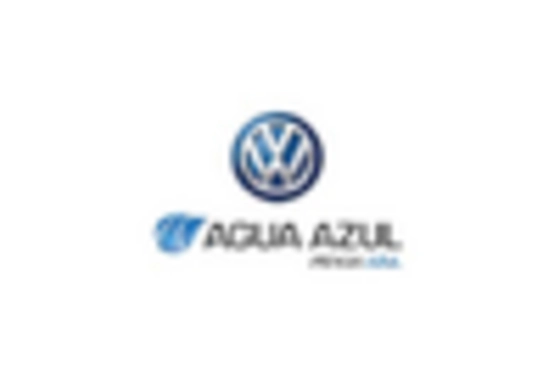








Leave a Comment